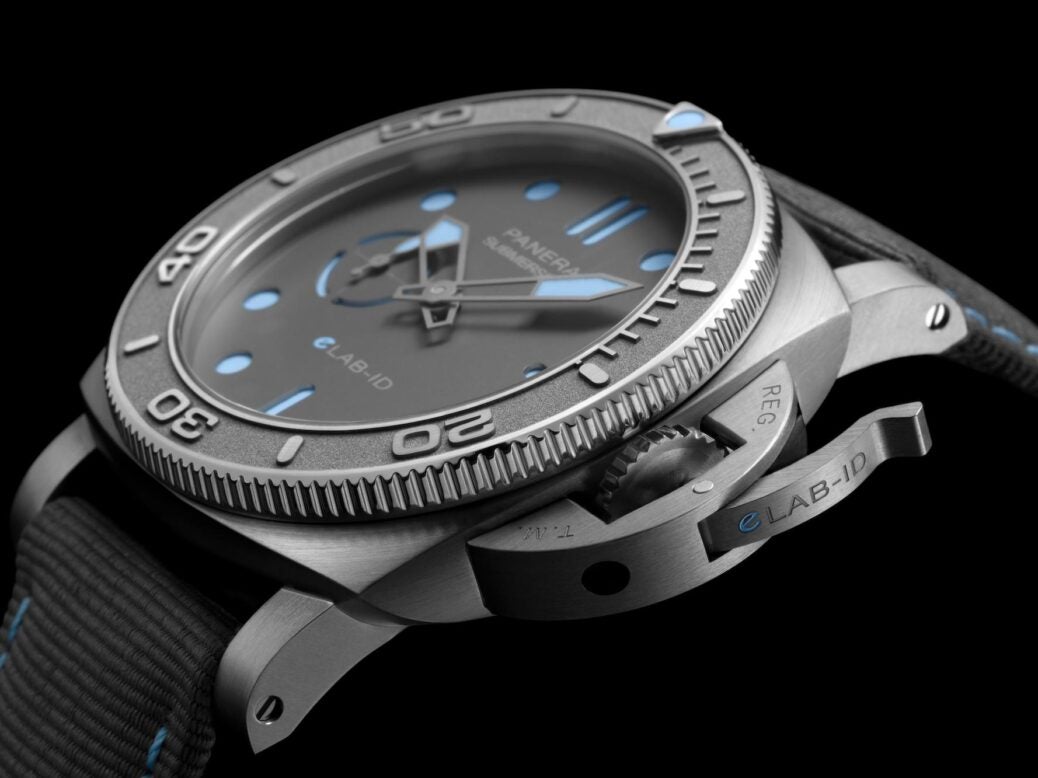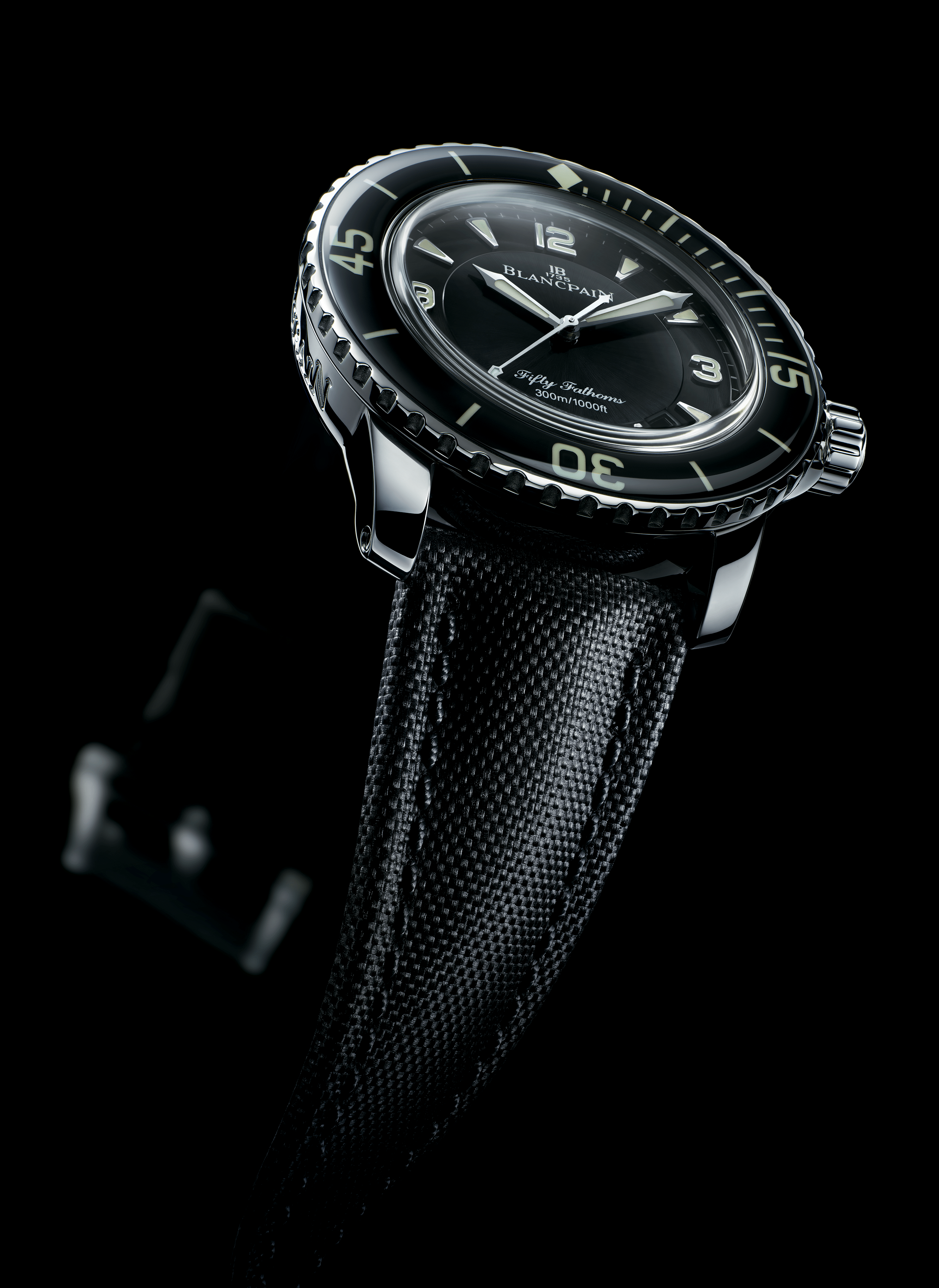
The best new dive watches function beautifully and look supreme. But some of their greatest strengths aren’t visible on the surface, writes Timothy Barber
You don’t need to be practised in the arts of suburban finger-wagging to know that – as useful as they may be – the vast majority of ‘sports utility vehicles’ never get used for ‘sports’, nor stray far from the tarmac. Similarly, the traditional diving watch is likely to be found almost anywhere other than wrapped around a wetsuit sleeve. Dive computers have long since replaced the need for an analogue ticker.
However, just like off-road vehicles that don’t often go off-road, dive watches that aren’t often used for diving have become a much-loved piece of kit for the age we live in. The mixture of resilience, bold style and vintage feel, plus the capacity to carry strong colour variations, have made dive watches like the Longines Legend Diver, the Breitling SuperOcean and the Tudor Black Bay — all descended from historic models — trend-setting favourites among modern watch fans. Tudor this year even took the unheard-of step of releasing a Black Bay cased in sterling silver – about as un-rugged a material as one can imagine – with dial and bezel in a modish shade of taupe.
Not that this apparently affects the fundamental performance capability that under- pins the designation of an authentic diving watch. (Tudor says it’s using a particularly resilient version of the sterling silver alloy.) The benchmark for an authentic dive watch is an international standard, ISO 6425, that stipulates requirements including a uni-directional rotating bezel to mark off elapsed time underwater; water resistance of at least 100 metres; luminous dial features for legibility at depth; and a series of tests for factors like shock resistance, anti-magnetism and condensation. You may wear it for nothing more strenuous than mowing the lawn, but as a piece of kit, a true dive watch remains a mean underwater machine – if you need it to be.
It can also be a cause for good. A number of watch brands are taking the historic association with the sea as a basis for promoting positive environmental change. Some of this is as flimsy as you’d imagine: press releases about stunts such as surfers being sponsored to perform a morning’s beach clean-up while promoting a new watch, for example, drop into your correspondent’s inbox regularly. But a few brands are putting proper weight and resources behind the issue, paired with watches of equal credibility and seriousness.
Blancpain, the historic fine watchmaking marque based in Villeret in the Jura mountains, launched its Ocean Commitment project in 2014, supporting and promoting a panoply of conservation projects around the world. That’s tied to a watch that you could think of as the Land Rover Defender of dive watches. Called the Fifty Fathoms, it appeared in 1953, just as the era of scuba diving was dawning and Rolex was launching its own dive watch, the Submariner.
Built as professional tools for underwater operatives in both civilian and military arenas, the Fifty Fathoms and the Submariner were technologically revolutionary and set the tone for the entire genre of dive watches that would follow. Of the two, the Fifty Fathoms is less known but arguably the more historically ground-breaking, and to my mind the more handsome by far. Like the Defender, the contemporary version is an unmistakeably luxurious take on an old and rugged style, retaining an unmistakably crafted feel. Blancpain has iterated it into rather too many variants, but the classic automatic in steel gives you a versatile sports watch that’s awash in history, along with a connection to the conservation projects Blancpain is backing.
I’ve long been a fan of Oris, the independent company whose no-nonsense, fuss-free approach to both watch manufacturing and pricing can be rather refreshing. Its Aquis diving watch range offers tremendous bang for your buck – from around the £1,600 mark you get 300-metre water resistance, scratchproof ceramic bezels and solid build quality across a number of styles and function variations. It’s also a company with a building portfolio of recherché conservation projects, from whale sharks to Florida’s coral reefs to the Wadden Sea off Holland, all of which have their own limited edition, for which proceeds support the good cause.
My favourite? The Lake Baikal edition, created to support an obscure but fascinating conservation project that’s been monitoring the health of the ecosystem at Siberia’s Lake Baikal for 45 years. Both the project itself and the unique, icy grey-blue dial of the associated watch are, to my mind, mesmerising.
A brand taking a completely different approach to the conservation story is Panerai. In a certain light every Panerai watch is a dive watch: they still follow the blueprint of the massive, technically innovative watches the company put on the wrists of Italian frogmen commandos during World War II. An obscure military supplier for most of its existence, since the 1990s Panerai has been built into a sizeable prestige maker at the heart of the Richemont luxury empire. It’s now making a lot of noise about turning itself into a climate positive company, including incorporating a high degree of recycling into watchmaking directly.
This year it presented the eLab-ID, a concept watch within its Submersible range of hardcore dive watches, many of the components for which are from recycled material. The titanium that forms its case is 80 per cent recycled, and even the SuperLuminova – the glow-in-the-dark material used for dial markings throughout the industry – is recycled, as are some parts of the movement. According to the brand, 98.6 per cent of the weight of the watch ‘comes from materials integrating a high rate of recycled elements’. That statement can be interpreted a number of ways, but the effort to bring sustainability to the watchmaking process is nevertheless notable.
‘In the watch industry, we’re late compared to other industries. We need to think like car brands with reducing CO2,’ Alessandro Ficarelli, Panerai’s product director, told me. ‘What we want to do is create a new standard in the watch industry. We want to demonstrate that making a watch using recycled material is possible.’
If that’s the aim, a dive watch does seem the right platform to do it.
Image: Panerai







